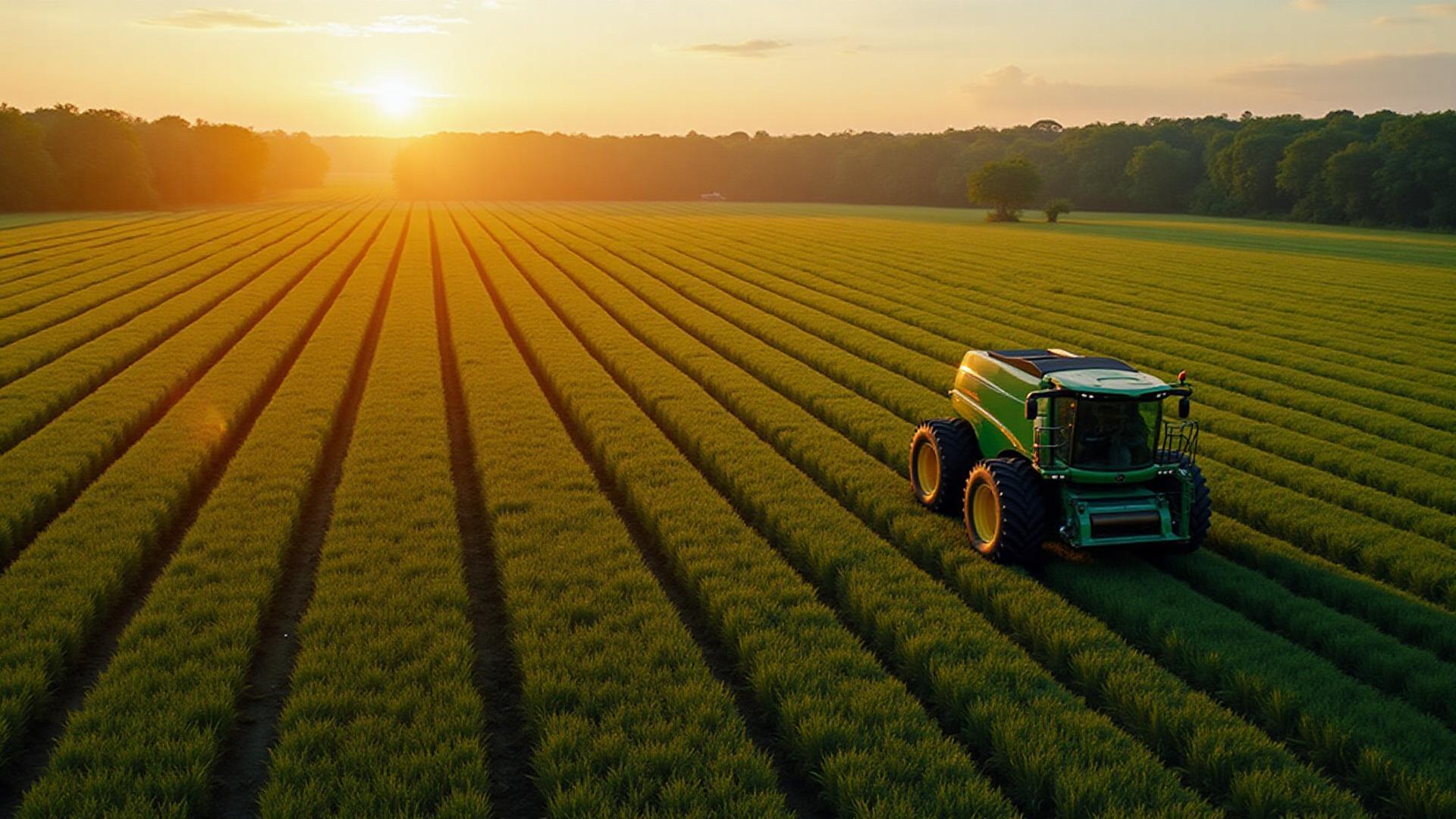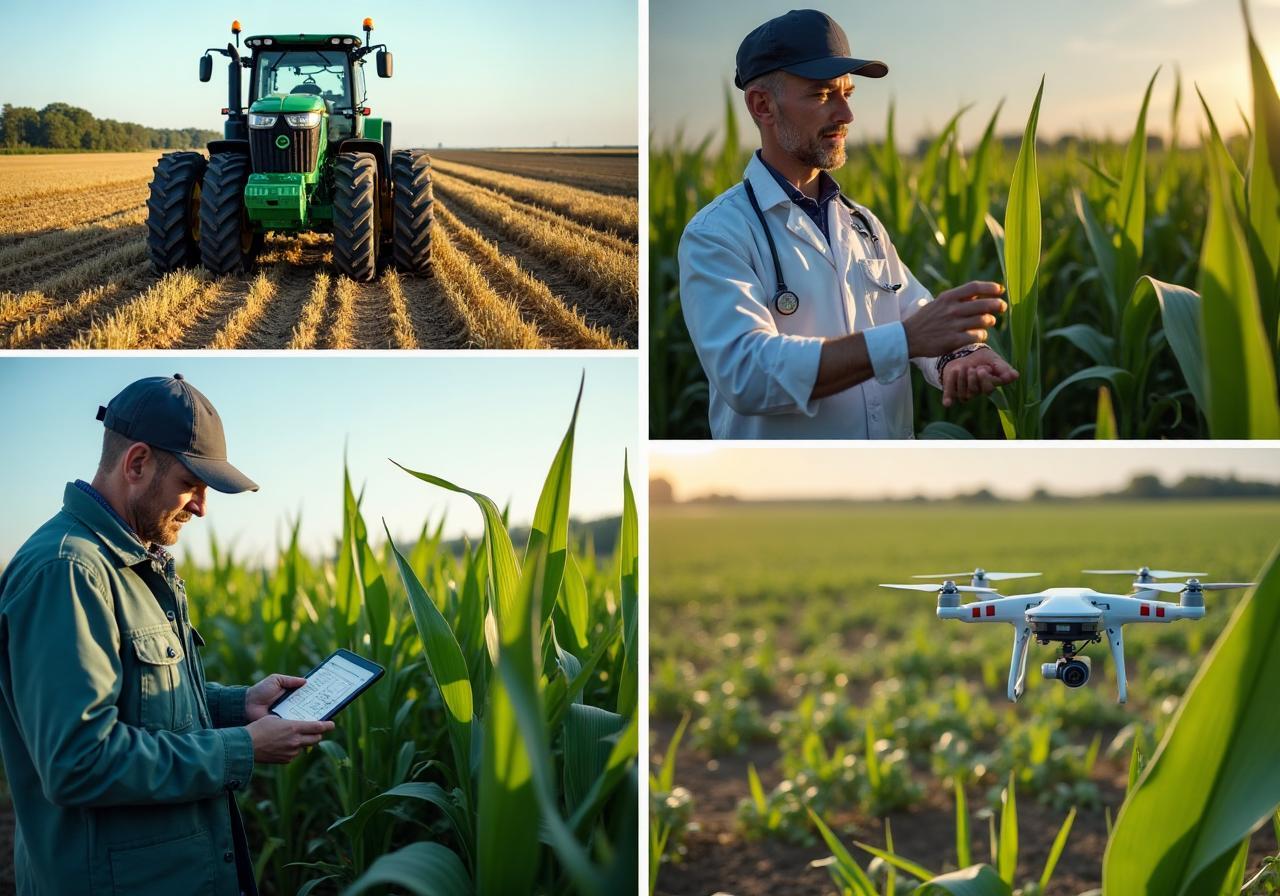Maximize innovation in farming. Row crop producers across the U.S. are constantly testing new practices, technologies, and sustainable methods. Many of these activities qualify for the federal R&D Tax Credit under IRC §41, with additional opportunities at the state level.


- Seed and Planting Trials Testing new hybrids, seed treatments, or planting methods
- Soil and Fertility Research Optimizing fertilizer blends, stabilizers, or cover crops
- Irrigation and Water Management Experimenting with drip systems, moisture sensors, or scheduling
- Pest and Disease Programs Field trials of herbicide and pesticide mixes or biological controls
- Precision Agriculture Using GPS, drones, or software for variable‑rate inputs
- Harvest and Storage Testing new drying, aeration, or storage technologies
- Sustainability Projects Conservation tillage, carbon sequestration trials, regenerative practices

- Pursue a permitted purpose such as a new or improved product, process, or technique
- Address technical uncertainty about capability, method, or design
- Follow a process of experimentation through field trials, side‑by‑side testing, or modeling
- Be technological in nature, grounded in agronomy, biology, chemistry, or engineering
Qualified Research Expenses (QREs)
The IRS allows several categories of Qualified Research Expenses (QREs):
Roles commonly involved in qualifying activities
- Agronomists and crop scientists
- Farm managers and field trial coordinators
- Precision‑ag specialists and data engineers
- Agricultural engineers working on irrigation, machinery, or storage systems
- University and research partners
What does not qualify
- Routine planting and harvesting without experimentation
- General management, marketing, or administrative tasks
- Applying already proven methods at scale
- Land acquisition or capital improvements not tied to research
Compliance and Documentation
Following the One Big Beautiful Bill Act (OBBBA) signed July 4, 2025, §174 now allows immediate expensing of domestic research expenses for tax years beginning on or after January 1, 2025. Taxpayers may also elect optional amortization under new §174A. Foreign research expenses must still be amortized over 15 years. This is separate from the §41 credit but impacts overall tax planning.
Documentation requirements remain unchanged. Maintain clear records of:
- Trial designs and hypotheses
- Field layouts, soil data, and yield data
- Statistical comparisons and conclusions
- Employee time and wage tracking
- Strong documentation supports the IRS 4‑part test and strengthens audit readiness
Frequently Asked Questions


Yes. Farmers and agribusinesses can qualify if they engage in systematic testing or trials that resolve technical uncertainty, not routine operations.


Wages, supplies, cloud software, and a portion of contract research directly related to qualified R&D activities.


Common row crops such as corn, wheat, soybeans, and cotton can qualify when growers test new methods or technologies.


Routine farming, post‑discovery production, and non‑technical tasks such as sales or general management.


Savings vary by farm size and scope of activities. Industry reports suggest many row crop operations see $50,000 to $200,000 in annual credits when research activities are properly documented.


Maintain side‑by‑side trial data, soil and yield records, equipment logs, and employee time allocations to support claims under IRS audit guidelines.
Next Steps
Use our calculator to estimate your potential federal and state benefits
Schedule a consultation to structure your row crop research activities
If you are innovating in agriculture, you may already be doing R&D. Let's make sure you are rewarded for it.
Contact Strike Tax Advisory
Ready to maximize your R&D tax credits? Get in touch with our team of experts.

With just a little info, our Strike Experts can help you start your R&D tax credit journey.
Got questions?
We’ll walk you through our process and take the time to understand yours to make sure you get the most back.
Schedule a MeetingRelated Sub-Industries
Does your state qualify for the State R&D Tax Credit?
Benefits for the R&D Tax Credit vary from state to state. Get an accurate estimate of your potential state tax credit!






